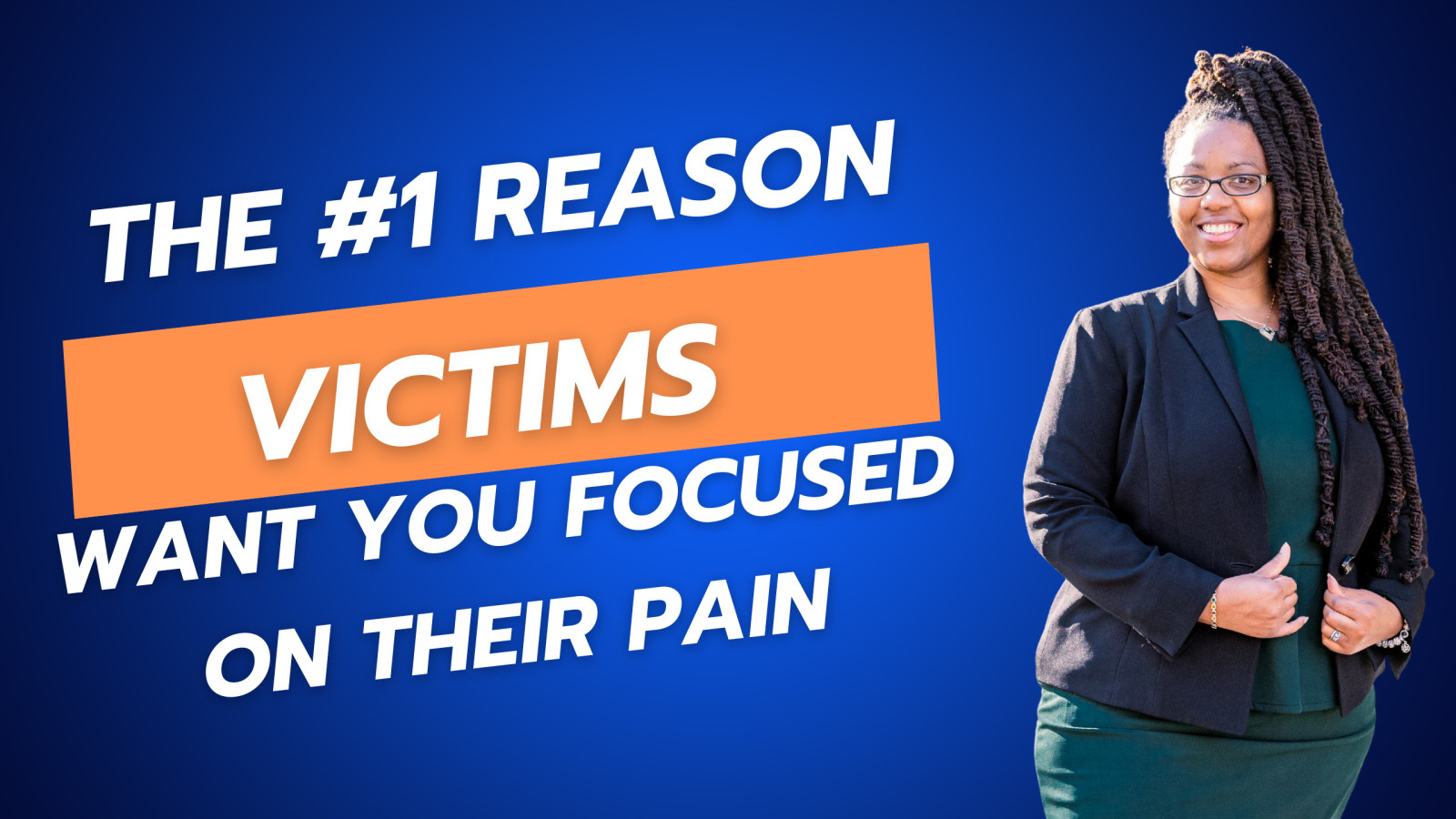
Part 6 of the Villain-Victim Deception Series
Who is the most sympathetic person in the conflict cyclone commonly referred to as narcissistic abuse? The first rule of conflict resolution requires a thorough analysis of both sides of the story. However, few people, when introduced to a narcissist by their victim’s narrative, ever take the time to ask the most important question:
How many “villains” are involved in this situation?
The narcissistic abuse experience involves two contracts. The first, the victim agreement. This contract is created by an individual’s belief they are powerless against their abuser.
When the narrative is driven by the victim, the villain in this relationship is very obvious. However, the closer you observe the behavior of the victim, the second villain comes into focus.
The Accuser
What makes the victim the villain? This understanding is revealed by one of the key characteristics of Satan, the Prince of Darkness. He is known as “the accuser.” We first note this accusatory behavior in the Garden of Eden. He introduced Eve to a powerful accusation. The only reason God does not want you enjoying this type of knowledge is because God does not want you to be as powerful as He is. Given this legal precedence, we can reasonably conclude that suspicion and accusation are rooted in darkness. The victim in a narcissistic abuse experience has already made several conclusions about their partner. And when their partner refuses to comply, be manipulated, or submit to the control of the victim, the victim then accuses their of being a narcissist.
The Embittered
The added layer, or secondary clause of the villain contract is driven by an overwhelming instinct to survive. Believing they have no power, the victim reaches for the most abundant and easily accessible power available to all people. This power is bitterness.
Bitterness results from unforgiveness. It is a state of offense that has wounded a person so deeply and so persistently that they seek an escape from the pain. Many people who operate in this energetic darkness will acknowledge forgiveness is the right thing to do, yet they struggle to forgive. Closely inspect the record for evidence of forgiveness. When a person has truly forgiven, they can retell their narrative without scorn, vengeance, or spite. On the other extreme, victims may emotionally detach, becoming numb in their attempt to escape the pain of heartbreak. When a person is raw with emotion, or completely void of emotion in connection with their painful experiences, they have entered the slippery slope of bitterness. Left unchecked, bitterness grows deeper with time. And for the victim, it is the only power they have over their narcissist. With bitterness as their shield, the victim enters into a full villain contract, swinging the sword of accusation against the “narcissist” in a desperate attempt to save themselves from the natural pain of love.
The villain has entered a contractual agreement with bitterness and accusation. They justify themselves with the rationale that since their partner is not empathetic, and since their partner is not willing to change, then their partner deserves to be accused of being a narcissist. The villain has agreed with contractual terms that they do not have to be accountable for their own behavior before their partner expresses deep regret, accountability, and a demonstrable change of behavior.
Interdependence of Contracts
Both personas must be present for the narcissistic abuse experience which I call the victim-villain deception. There cannot be a victim unless there is a villain. Their cannot be a villain unless there is a victim. And at any given time, each party to the deal is both a villain and a victim.
The “victim” persona is a deception as a matter of fundamental spiritual law. In the beginning, God created all things. His prized creation was given His breath. His treasured creation, the king of all animal kingdoms, was given authority over all created things and even the Earth itself. Human beings were created in the image of the most powerful force in all existence.
To be made in the image of God is to be created in the image of power, majesty and purpose. And your purpose is not that of a helpless, powerless victim. We have all experienced trauma. Some in different degrees than others. Or as I like to say during my coaching calls—
We all have a ghetto story.
But somehow, we have villainized others whose traumatic experience was not “worse” than our own. As a society, we have figured out how to turn our own trauma into a point of competition, comparison, and differentiation of our human experience. And this is why the victim in this relationship does not see their own villain-likeness when they become the accuser against another imperfect, broken human being.
How have you rationalized the way you hurt others because your pain is somehow more painful than theirs? How have you resented someone else who you believe has not suffered through a similar degree of horror in their own human history? How much have you held onto the horrible things that happened to you, refusing to embrace a future where you are more powerful that you ever imagined?
This is a compassionate confrontation. And if you embrace the truth, the whole truth and nothing but the truth, then you are prepared to end your suffering. The door to unlimited power is open for you to walk through. As you cross the threshold, you are no longer a victim. At the same time, you shed the false power of the villain. You are ready to finally break your contract with the narcissistic abuse conflict cyclone.
Be blessed and encouraged,
Judge Char
Human connection disclosure :I use the Ai reader to make this content more accessible without getting bogged down reading it myself. Notwithstanding, this post is 100% human curated and is not generated by Ai.
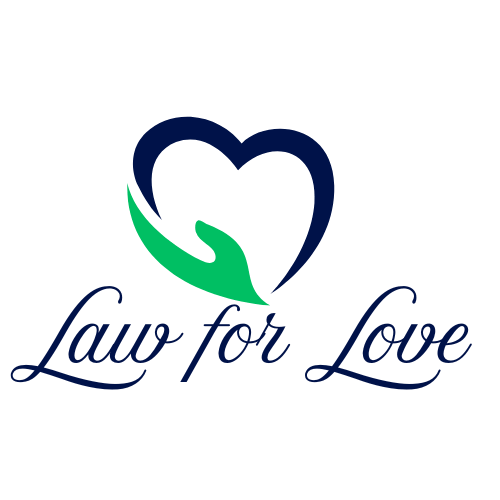

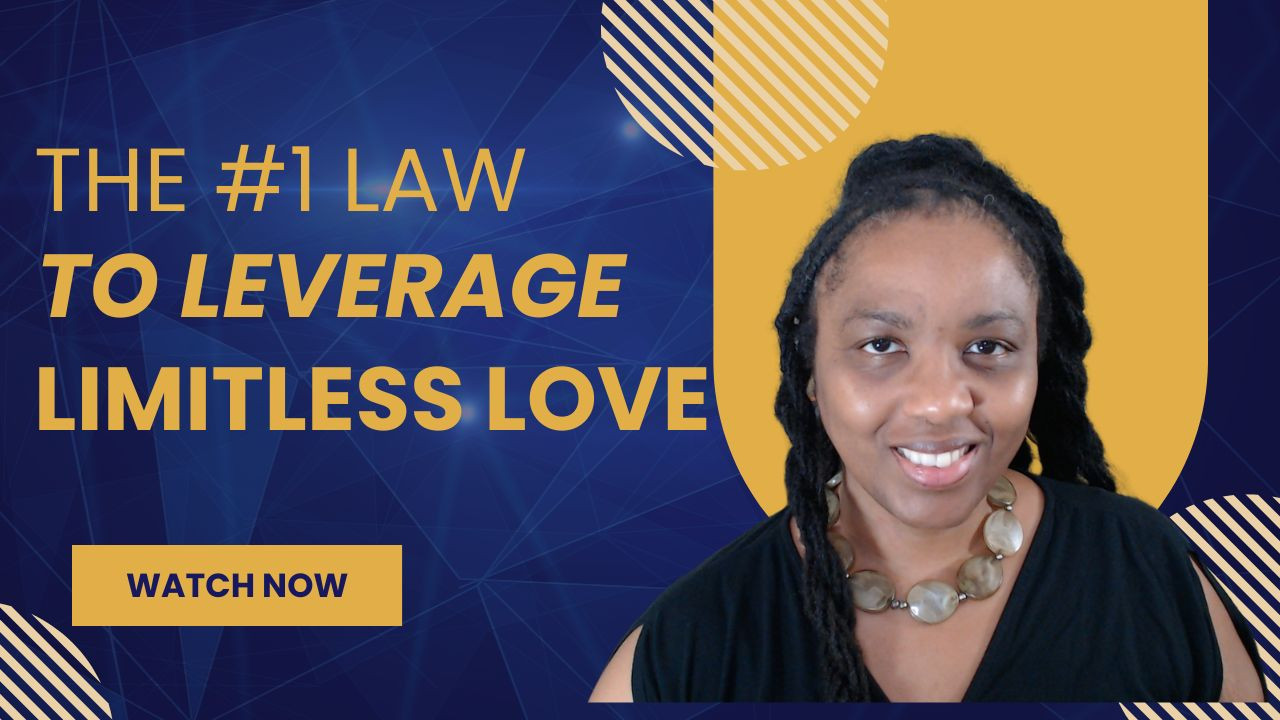

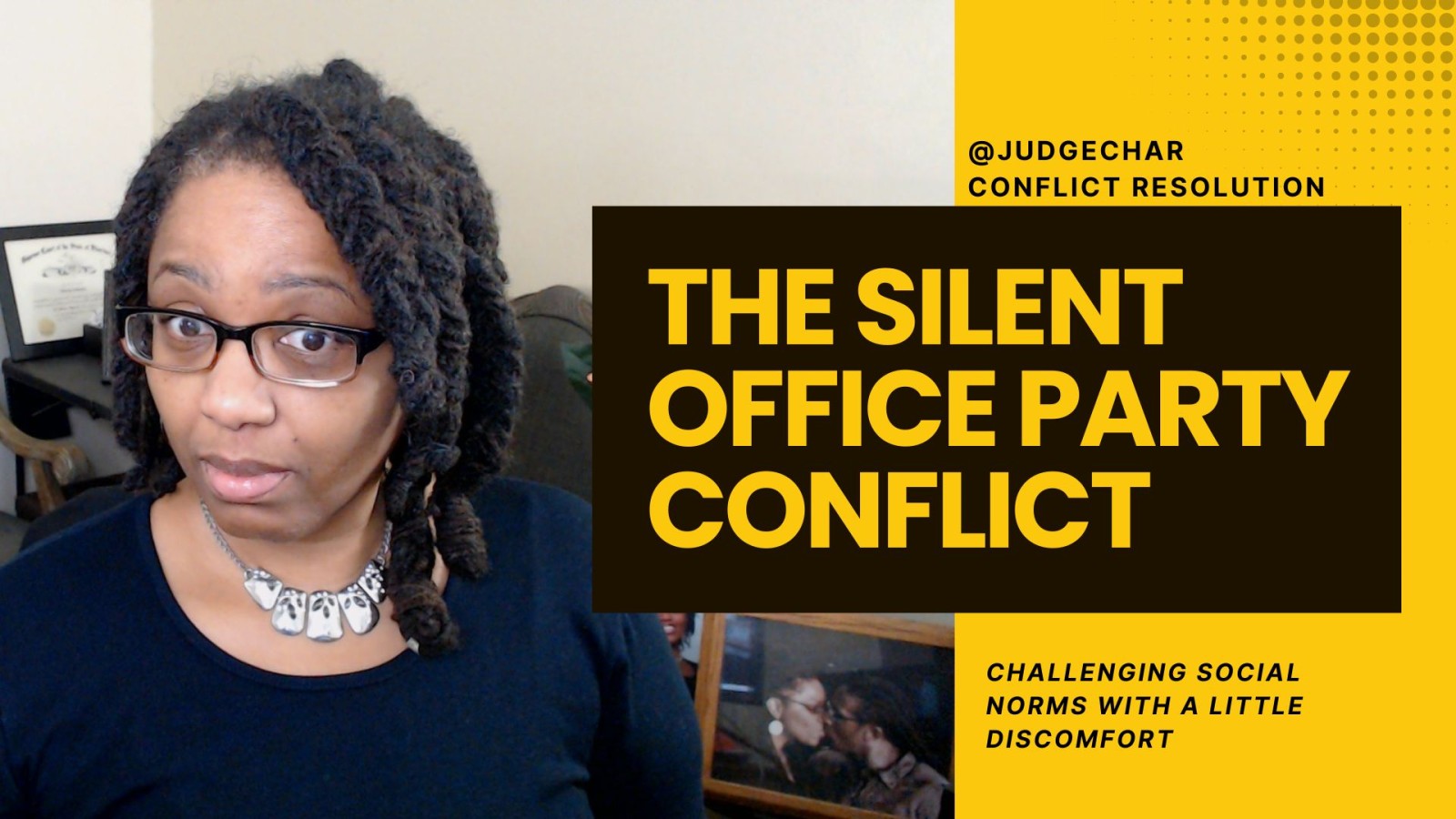
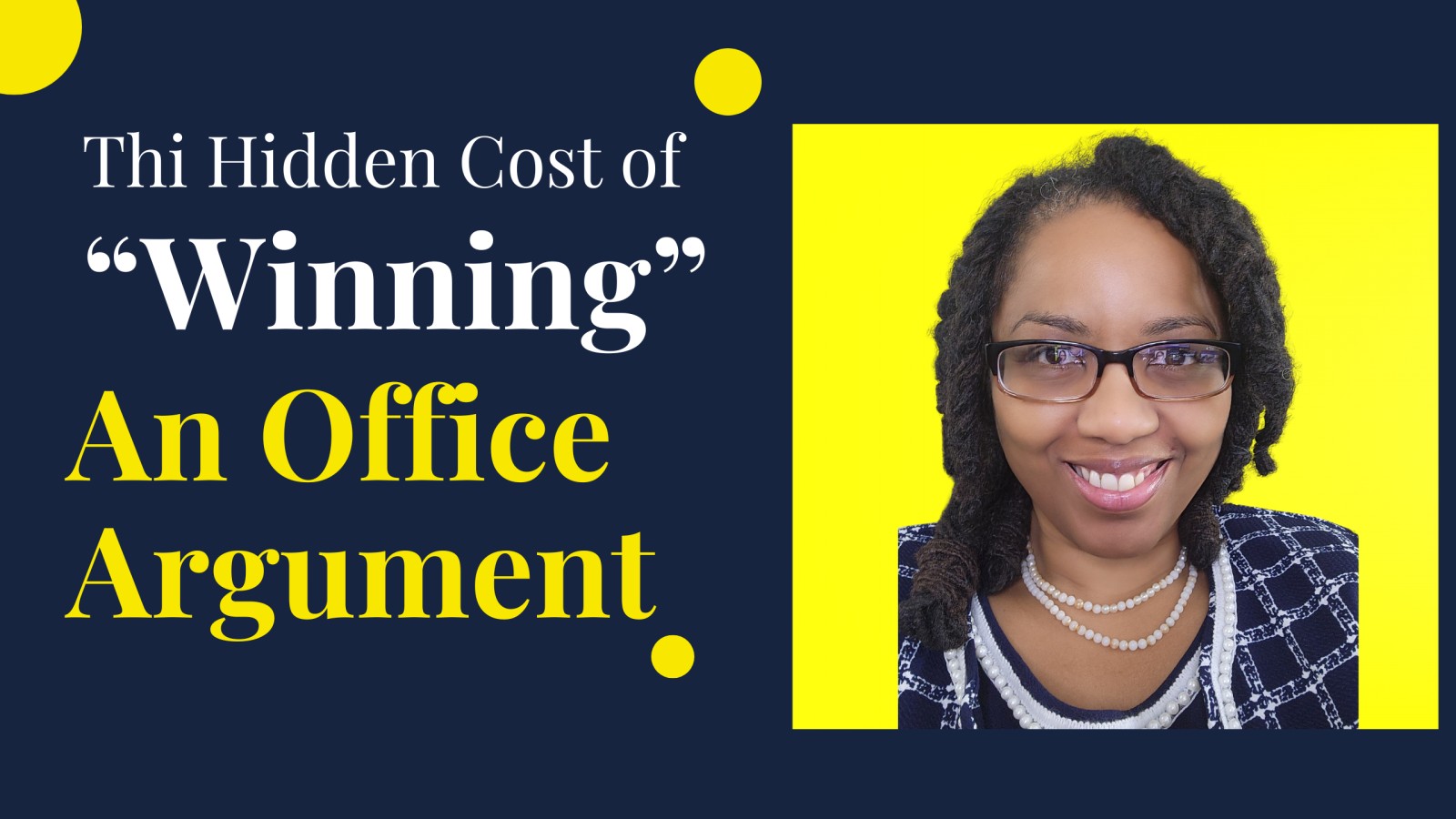
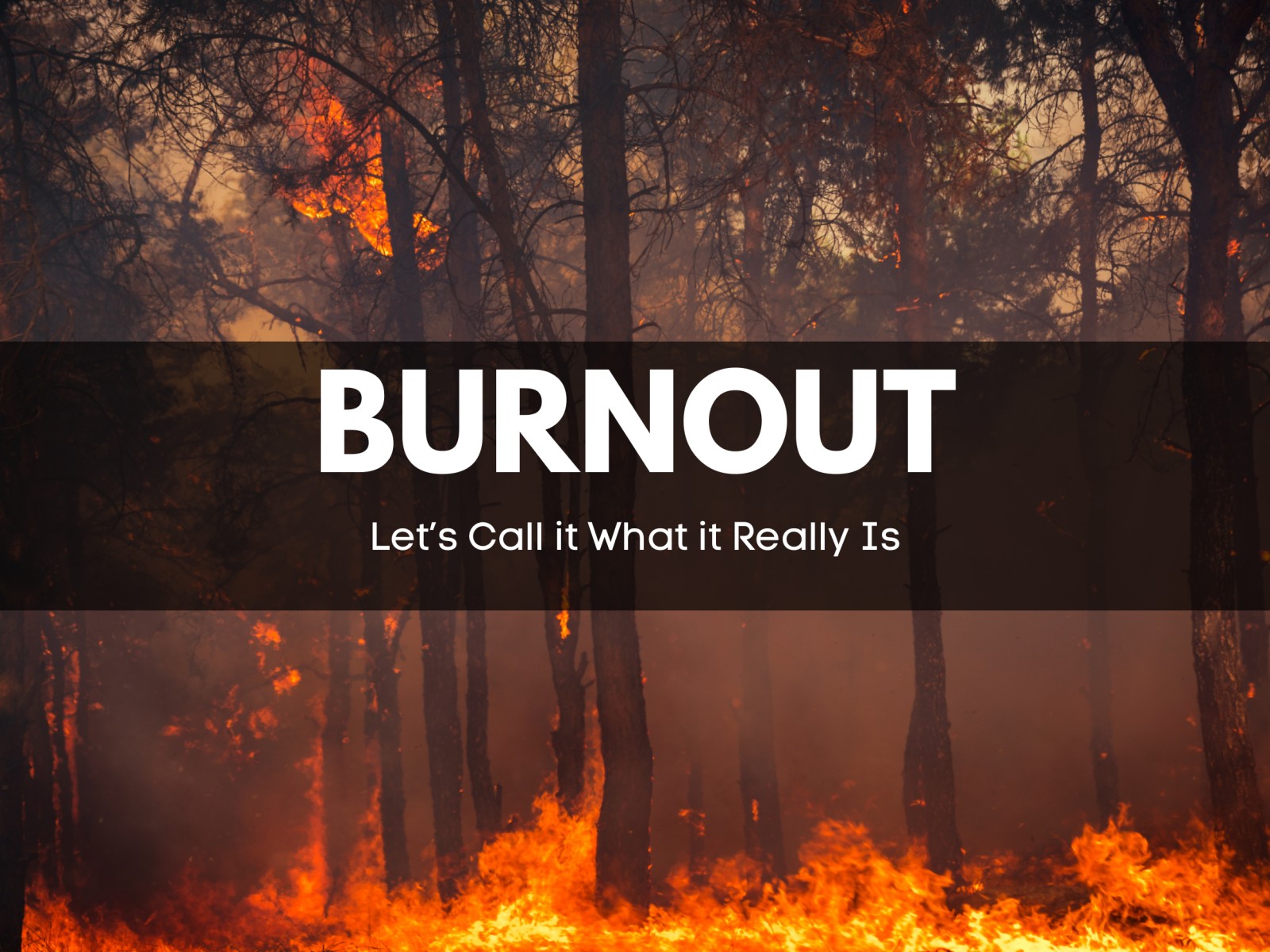
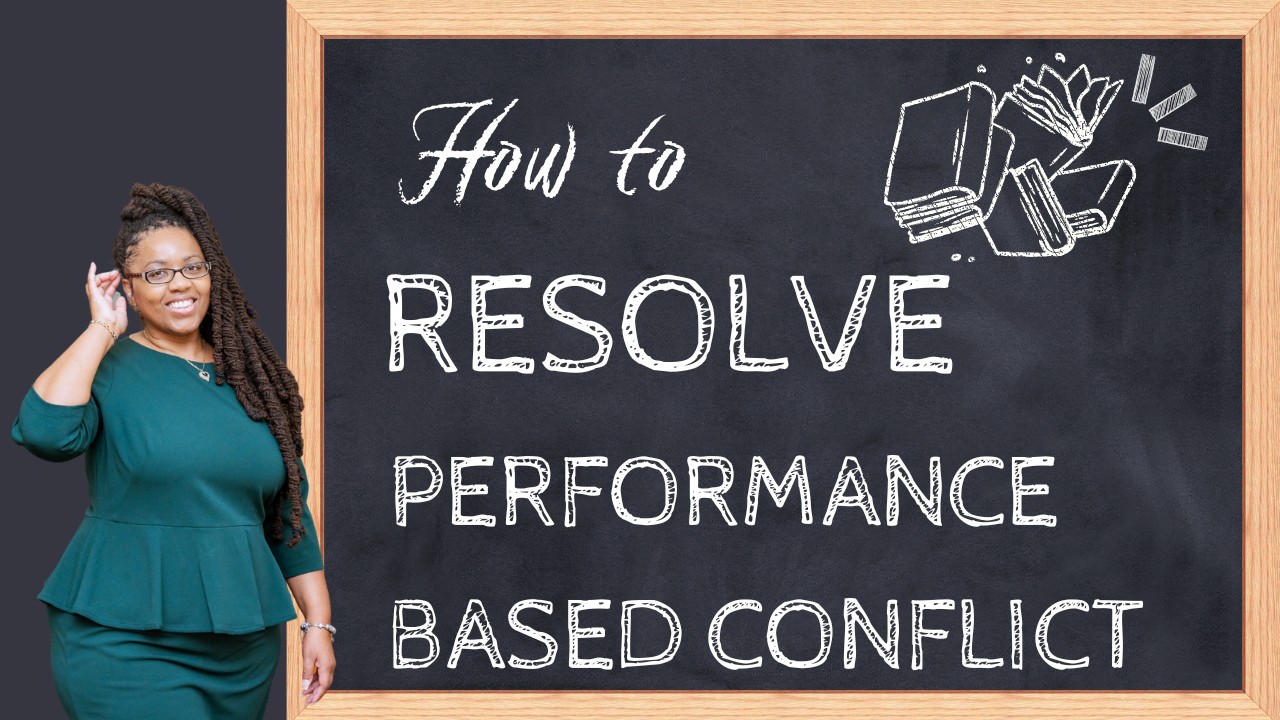
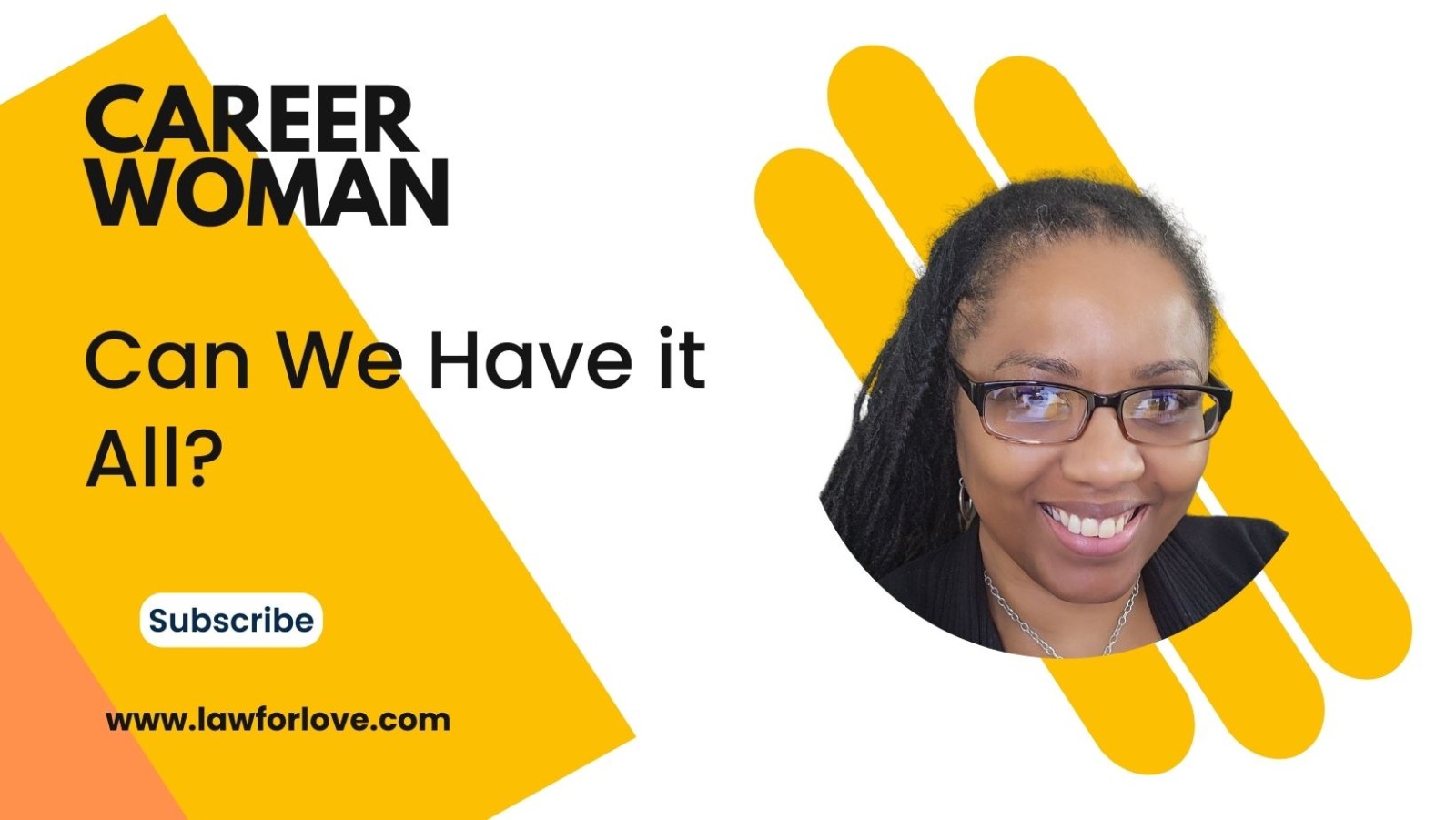
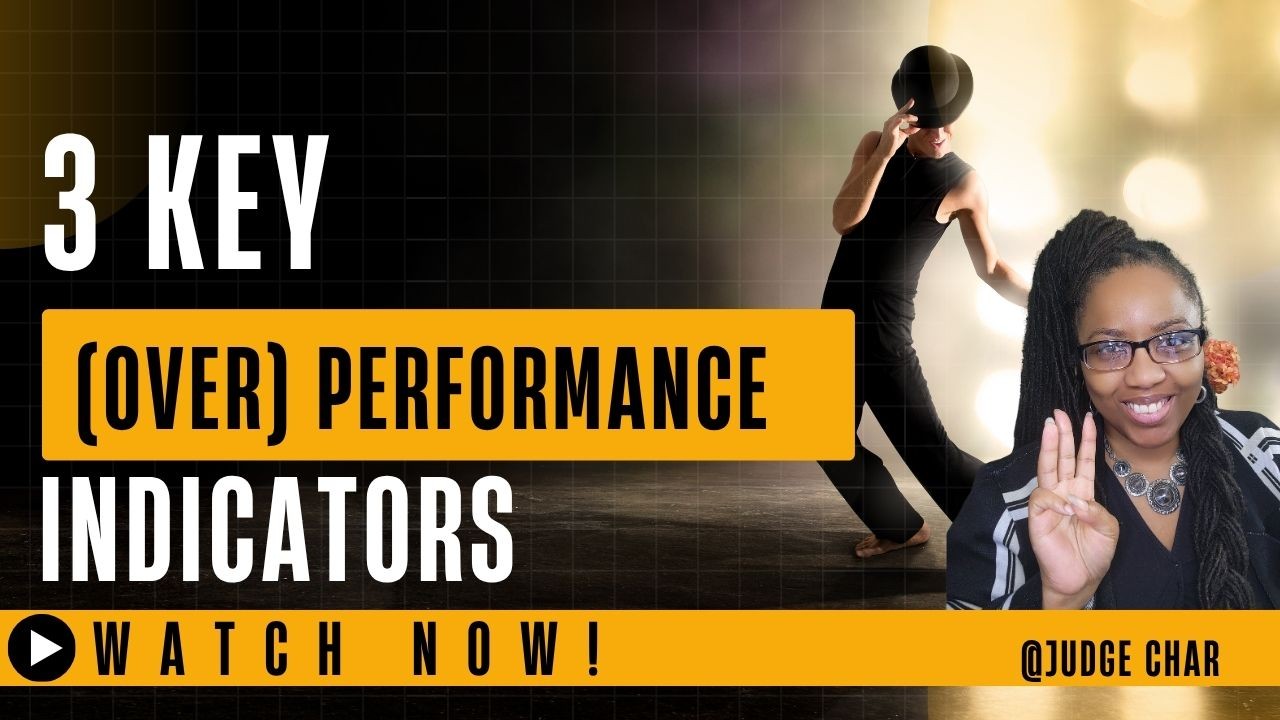
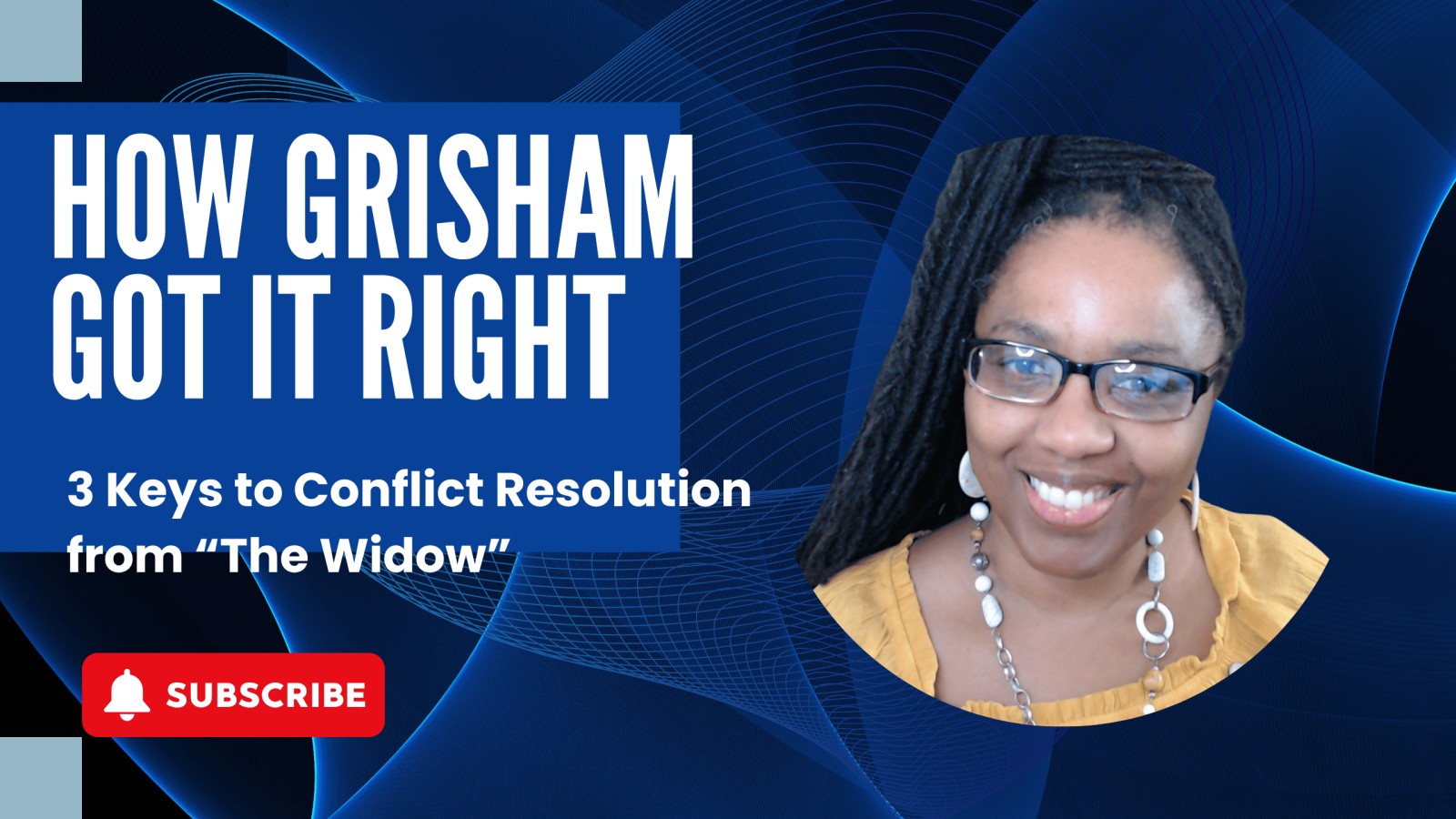
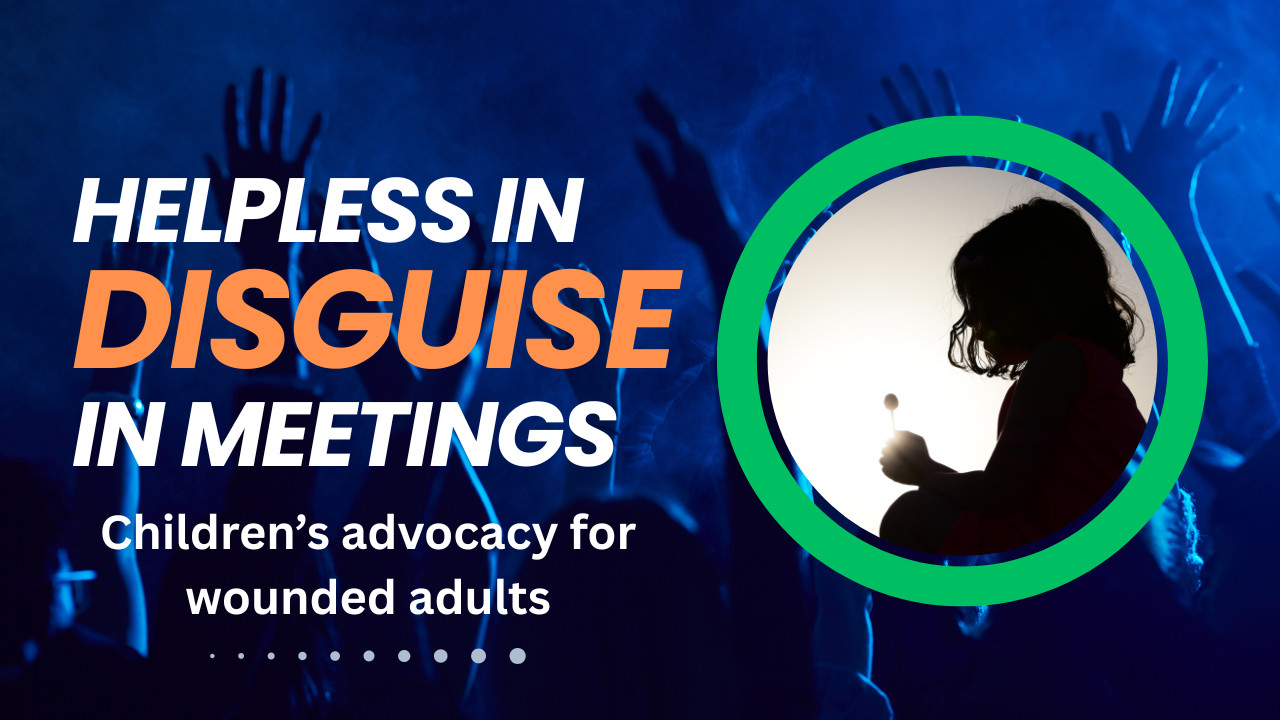
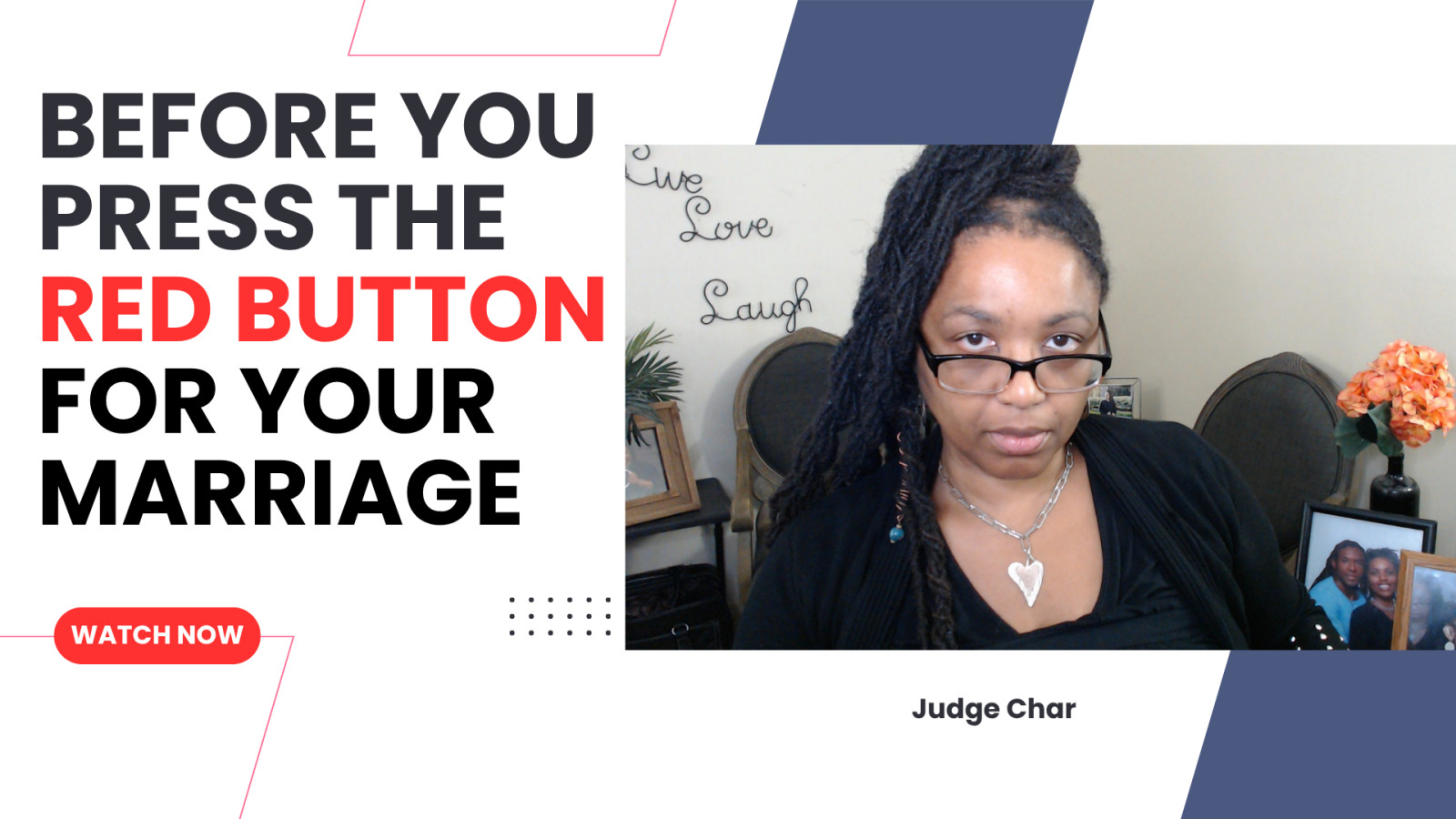
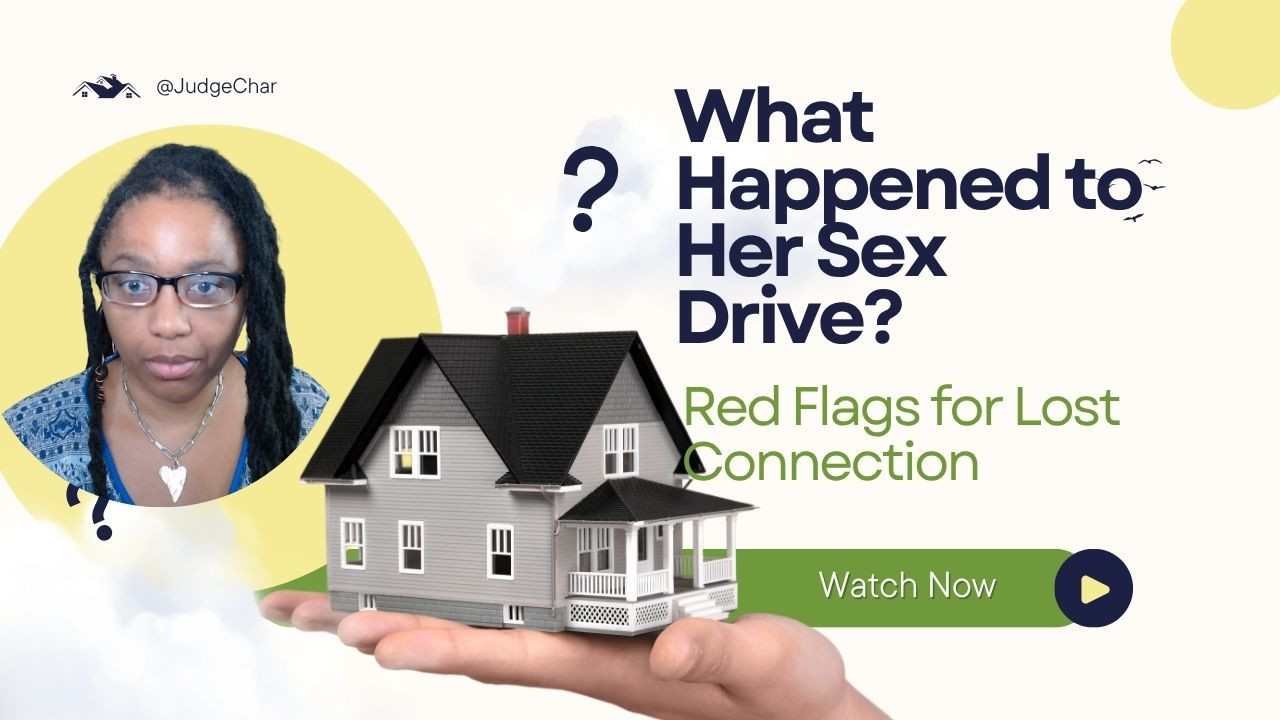

0 Comments